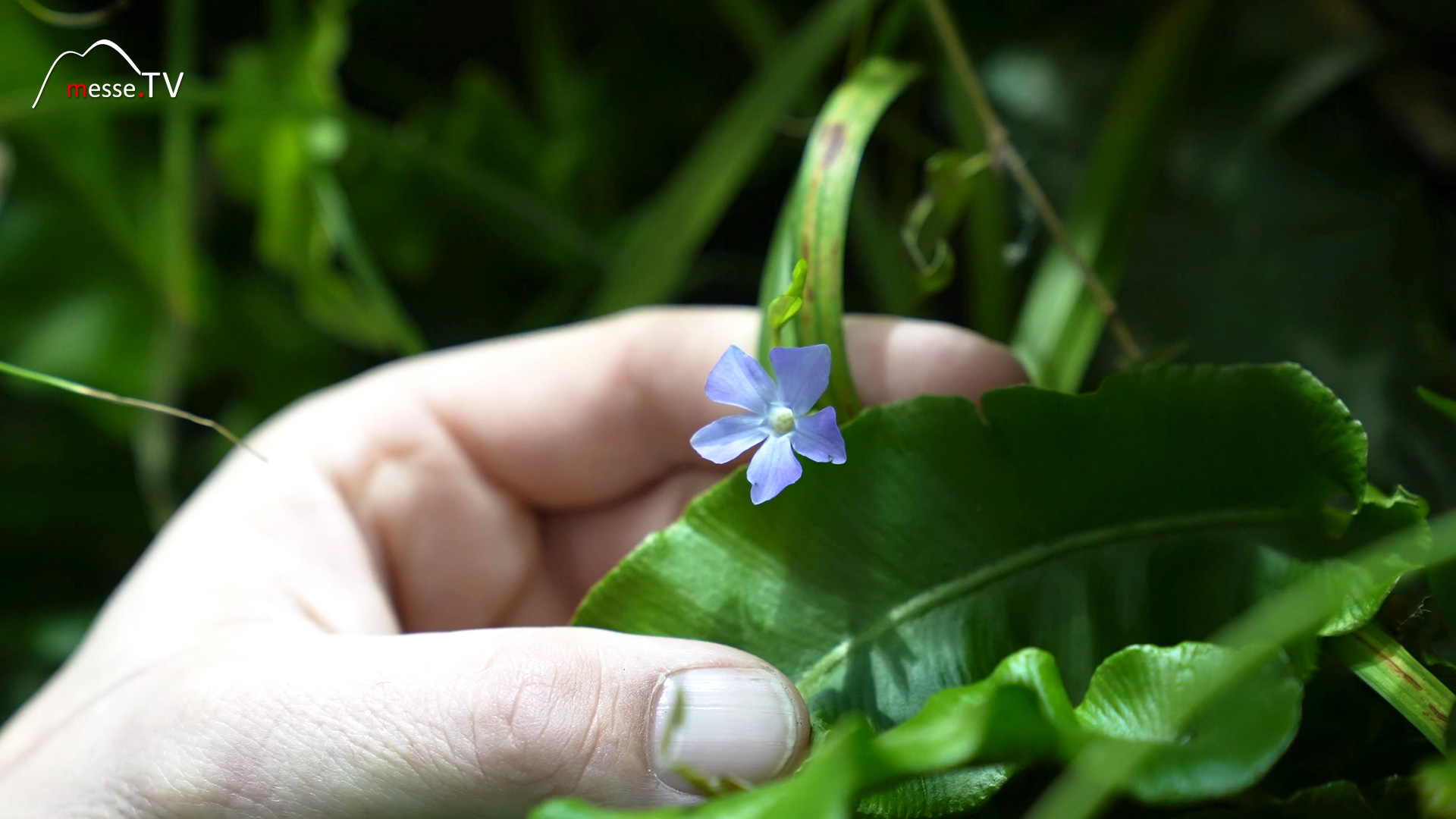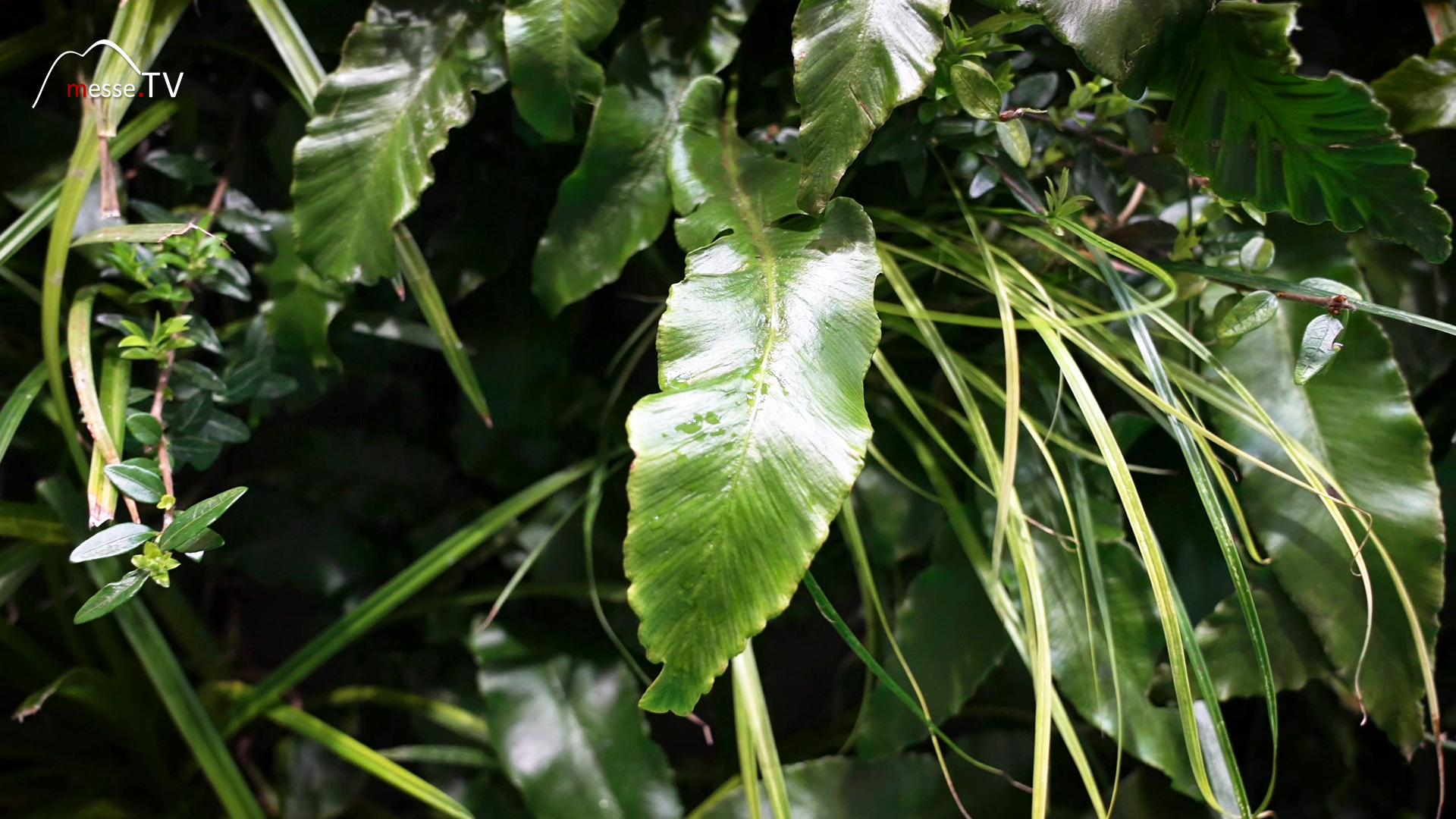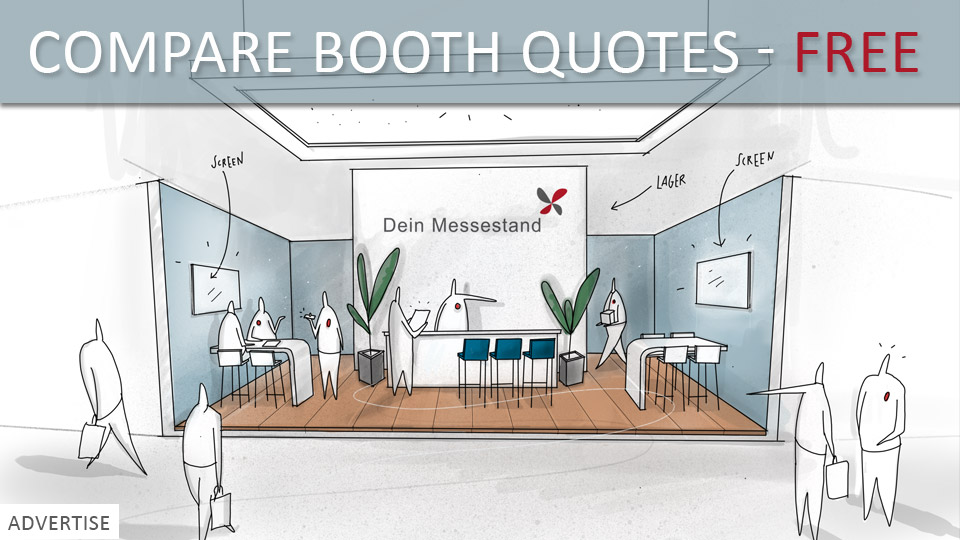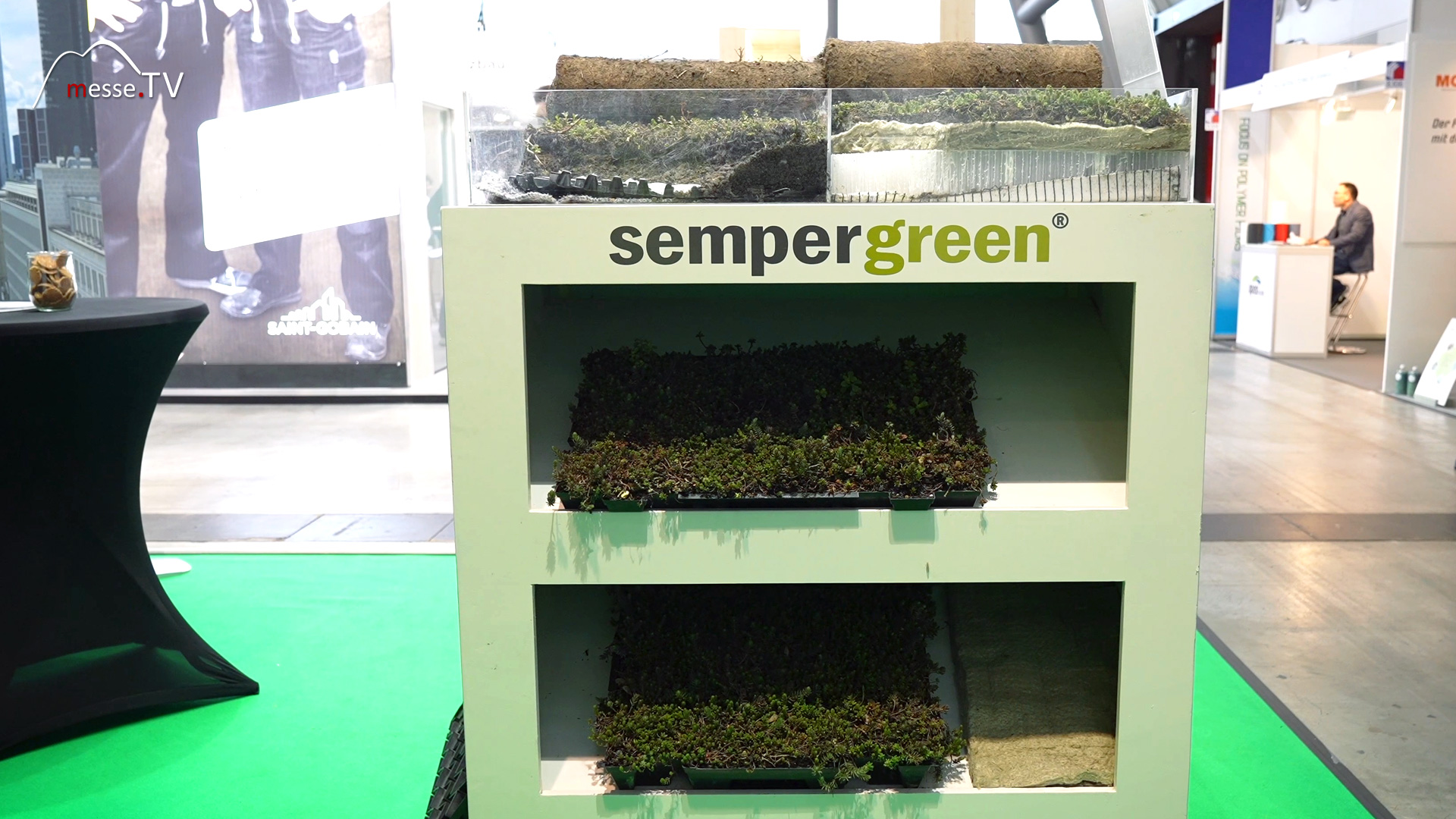Sempergreen: Sustainable Roof and Facade Greening Solutions
The Dutch company Sempergreen is based in Odijk near Utrecht. The specialist has been supplying vegetation mats and ready-made cassettes for green roofs and façades for 27 years.
Sempergreen vegetation mats work like turf for the roof
At the Sempergreen stand at DACH+HOLZ 2024, Mr. Potztal-Keuter will be presenting the vegetation mats product. In principle, a rolled turf for the roof with sedum plants. The plants can withstand the fluctuating temperatures on a roof very well. The cassettes are delivered to the construction site fully planted and only need to be laid on the roof prepared with root and protective fleece - the roof immediately shines in fresh green. The mats are available in different versions, extremely low-maintenance with corresponding sedum plants or herb mats with 30 different species and sedum plants. The portfolio also includes a biodiversity mat with butterfly-friendly flowers; this planting grows a little higher, so the base must also be higher due to the longer roots. The weight of these mats is therefore naturally higher and therefore also the load on the roof.
Green roofs: The structure of a green roof
A green roof builds up from the bottom up. First the root protection, then a protective fleece to prevent damage to the roof covering, followed by a drainage mat so that the excess water can not only run off easily, but also forms a storage reservoir, and then a substrate layer on which the mat is applied. Rock wool can also be used in the construction, which serves as a water reservoir and into which the roots can penetrate. The use of rock wool can save even more weight, as the structures weigh between 40 and 230 kg.
Façade greening is suitable for every building
Other plants are used for the façade greening. These grow vertically in plant pockets with an irrigation system behind them. Facades can be greened inside and outside. Depending on the location - whether north-facing, south-facing, interior or exterior - this requires a much wider range of plant characteristics. Strawberries, herbs, flowering plants in various colors are possible; it should be green all year round. The green walls are suitable for any building and are feasible for anyone with the appropriate financial investment. Each wall has an irrigation system, with a drip hose in each plant pocket, with the help of which the wall is regularly watered and automatically fertilized. The façade is fitted with sensors that measure humidity, the need for nutrients and the temperature outside. To prevent frost damage to the water pipe, the system switches off automatically in the event of frost and switches on again automatically at 4 degrees plus.

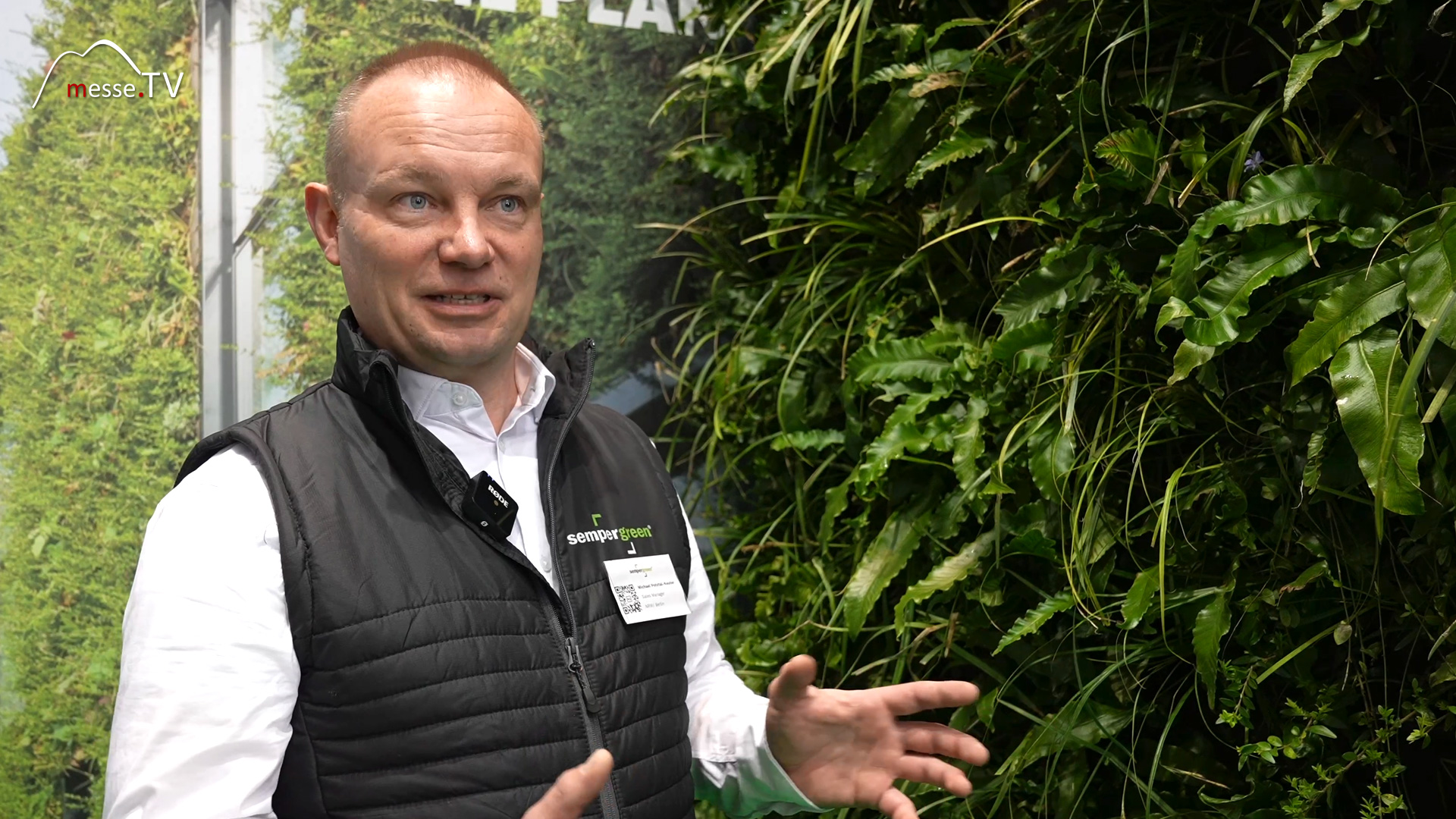
Costs and benefits of green roofs and façades
The cost of greening a façade is 700 to 1,400 euros per square meter plus the cost of maintenance four times a year. A green roof costs around 100 euros per square meter. The costs for vertical or horizontal greenery are not trivial, but there are many funding sources available. Every city and municipality offers different subsidies, be it 50 euros or 50% of the total amount. Sempergreen would like to see mandatory greening in many cities in order to cool down temperatures. Compared to a concrete or stone wall, the temperature on a greened wall is 3 degrees lower at a distance of one meter. The advantages of greenery are that both the building and its surroundings are cooled down, biodiversity is created and gray concrete disappears. Butterflies and insects can be found in green façades, and even birds' nests have been spotted.
